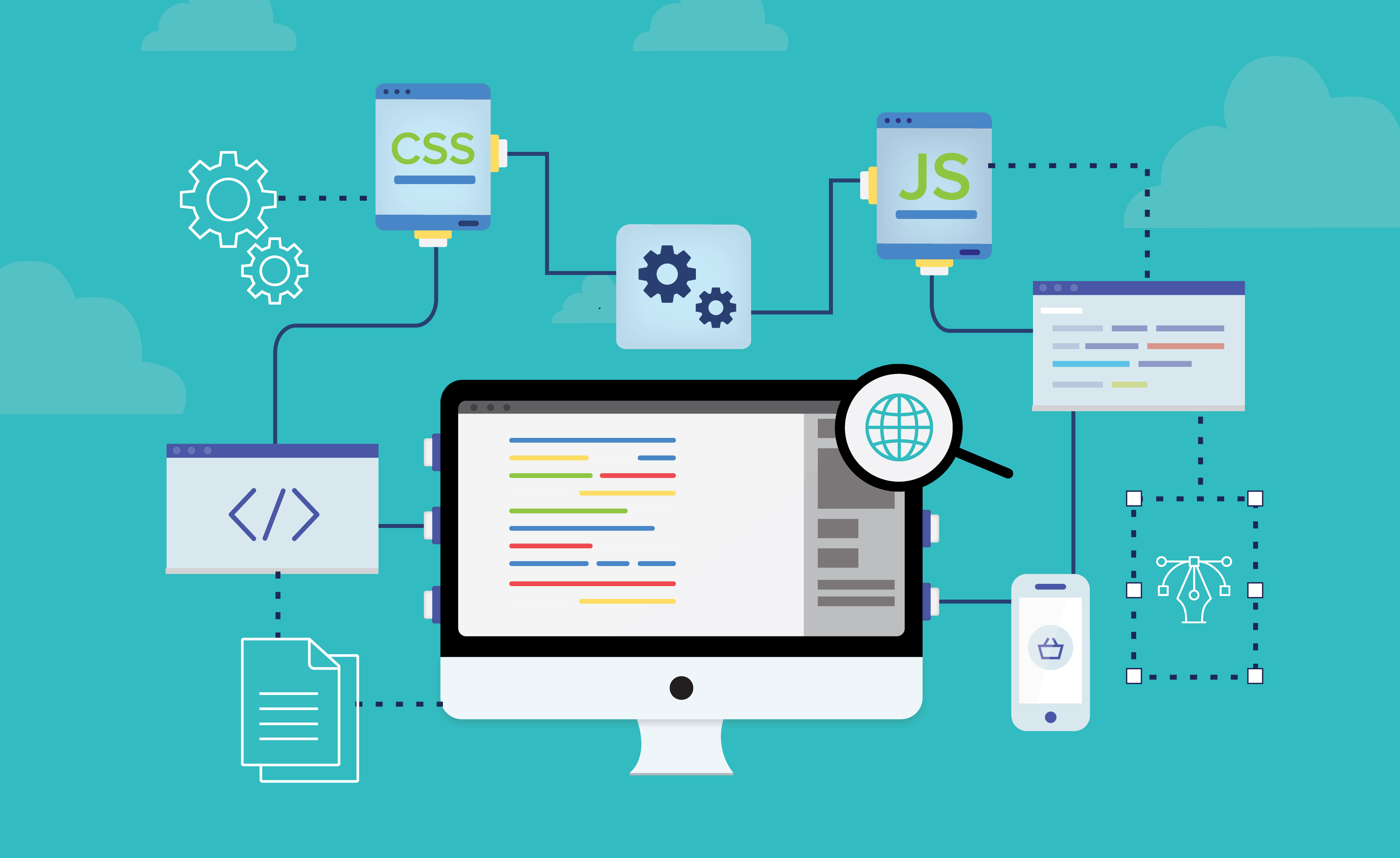By Miva | May 15, 2018

See why top ecommerce brands use Miva’s no-code platform to run
multiple stores, manage massive catalogs, and grow their revenue.
There is a saying about trying to reinvent the wheel. You might have heard it. It goes, “Don’t try to reinvent the wheel.” It’s sage advice for e-merchants to keep in mind when planning a new or upgraded site. It’s easy to get caught up in the romance of a bespoke site, the promises of having something tailored to the unique needs of your business. Surely it will fit better than something off the rack? But is custom development safer – or better? And is it the only option for custom features and functionality? The answer to each question is no.
First, consider development for ecommerce websites as a spectrum. On one end, standardized store templates that are easy to set up, but providing few options for customization beyond a new homepage image. For merchants – particularly resellers – who sell on Amazon or eBay based on price, this can be an acceptable option.
At the other end, there is 100% custom development. This has often been the choice of retailers who want to tightly control their branding, the look and feel of the site, and integration with existing ERP and financial systems.
But there are a lot of variables in custom development. Even if the client has a general idea of a site design, the “what do you want us to build?” process can take months. Add in many stoppages along the way for approvals, testing, and hiccups. By hiring six-figure developers in-house or working closely with an agency, these companies are looking at not only hefty set-up costs but also ongoing maintenance. Any new features and functionality need to be designed and tested step-by-step. Adding anything will come with a price tag.
And then there are third-party integration issues. Payment processors, ERP systems, financial platforms, plugins – they all make regular fixes and upgrades to their systems that can break custom sites. While the fixes may be relatively minor, they require immediate attention. For in-house developers, this may mean shifting resources away from other important development priorities. For companies who rely on agencies, changes bring hefty hourly charges that may not have been in the development budget. And, face it, buyers aren’t going to choose your site because you have a custom program for the UPS API.
A hybrid ecommerce platform bridges the gap between locked templates and built-from-the-ground-up custom systems. Unlike SaaS-only ecommerce systems that can be easy to outgrow, a platform that includes an on-premise component is better at handling high sales volumes, and easier to update as technology advances.
You can start with a platform template that integrates easily with your existing ERP, payment processing, and shipping systems. When those third parties make changes, they’ll be handled by the platform, not by you. Your inventory system will be integrated into the sales system, ensuring that customers don’t try to buy projects that aren’t there. You can set business rules to alert them if an item is on back order – or permanently sold out.
Go crazy with the fun stuff. Reinforce your branding by creating custom tools that showcase your specific products and entice customers to buy. Take a look at Miva enterprise client, Xtreme Diesel Performance, a “One-Stop-Shop” for Dodge Cummins, Ford Powerstroke, and Chevy/GMC Duramax diesel performance parts. The site includes multiple options for looking up parts, including traditional navigation by Car Model, and a quick look-up that lets the buyer set Year, Make and Engine to speed up the process. But car geeks can also browse by a 3-D Parts Selection tool that lets them point-and-click at areas of the car. To make it faster to shop next time, they click Add Vehicle to save it to My Garage.
If you start out on a new ecommerce platform that uses tried and tested technology, you’ll be able to take advantage of new features and functionality as it develops, while not having to worry if their custom development will break under changes by third-party systems

Elisa Williams is a journalist and communications strategist who combines storytelling with solid research and analysis. A contributing author to the Miva Blog, Elisa has written for a wide array of consumer, business and technology publications, including Newsweek, Real Simple, Computer Life and Inc. Her marketing and content development work includes supporting technology companies that specialize in ecommerce, financial services and big data.
Love it? Share it!
No worries, download the PDF version now and enjoy your reading later...
Download PDF Miva
Miva
Miva offers a flexible and adaptable ecommerce platform that evolves with businesses and allows them to drive sales, maximize average order value, cut overhead costs, and increase revenue. Miva has been helping businesses realize their ecommerce potential for over 20 years and empowering retail, wholesale, and direct-to-consumer sellers across all industries to transform their business through ecommerce.
Visit Website